Abstract
While Russian roulette (RR) and splitting are considered fundamental importance sampling techniques in neutron transport simulations, they have so far received relatively little attention in light transport.
In computer graphics, RR and splitting are most often based solely on local reflectance properties.
However, this strategy can be far from optimal in common scenes with non-uniform light distribution as it does not accurately predict the actual path contribution.
In our approach, like in neutron transport, we estimate the expected contribution of a path as the product of the path weight and a pre-computed estimate of the adjoint transport solution.
We use this estimate to generate so-called weight window which keeps the path contribution roughly constant through RR and splitting.
As a result, paths in unimportant regions tend to be terminated early while in the more important regions they are spawned by splitting.
This results in substantial variance reduction in both path tracing and photon tracing-based simulations.
Furthermore, unlike the standard computer graphics RR, our approach does not interfere with importance-driven sampling of scattering directions, which results in superior convergence when such a technique is combined with our approach.
We provide a justification of this behavior by relating our approach to the zero-variance random walk theory.
Downloads
| Paper: | Supplemental document: | Supplemental images: | Slides: | BibTeX: | Source code: |
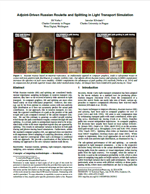
|
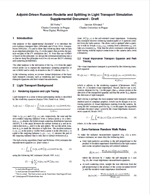 |
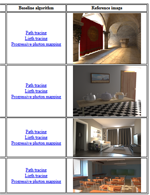
|
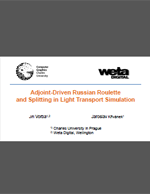
|
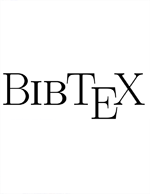 |
 |
| (.pdf) | (.pdf) | (.html) | (.pdf) | (.bib) | (.zip) |
BibTeX
@article{VorbaKrivanek:2016:ADRRS,
author = {Ji\v{r}\'i Vorba and Jaroslav K\v{r}iv\'{a}nek},
title = {Adjoint-Driven Russian Roulette and Splitting in Light Transport Simulation},
journal = {ACM Transactions on Graphics (Proceedings of SIGGRAPH 2016)},
volume = {35},
number = {4},
year = {2016},
month = {jul},
keywords = {russian roulette, splitting, light transport, importance sampling, zero-variance schemes}
}
Acknowledgements
The work was supported by the Charles University
Grant Agency, project GA UK 340915, by the grant SVV–--2016–--260332, and
by the Czech Science Foundation grants
13--26189S and
16--18964S.
The scenes in Fig. 10 and Fig. 11 are courtesy of Toshiya Hachisuka and Jaakko Lehtinen, respectively.
Many thanks to Iliyan Georgiev and Oskar Elek for their detailed feedback on the manuscript and to Peter Pearson for language corrections.
We have used Mitsuba Renderer created by Wenzel Jakob.
Jiøí Vorba © 2016
 Russian roulette based on material reflectance, as traditionally applied in computer graphics, leads to suboptimal results in scenes with non-uniform light distribution or complex visibility (left).
Our adjoint-driven Russian roulette and splitting (ADRRS) significantly increases the efficiency in such cases (middle).
ADRRS complements the advantages of path guiding (PG) methods
Russian roulette based on material reflectance, as traditionally applied in computer graphics, leads to suboptimal results in scenes with non-uniform light distribution or complex visibility (left).
Our adjoint-driven Russian roulette and splitting (ADRRS) significantly increases the efficiency in such cases (middle).
ADRRS complements the advantages of path guiding (PG) methods